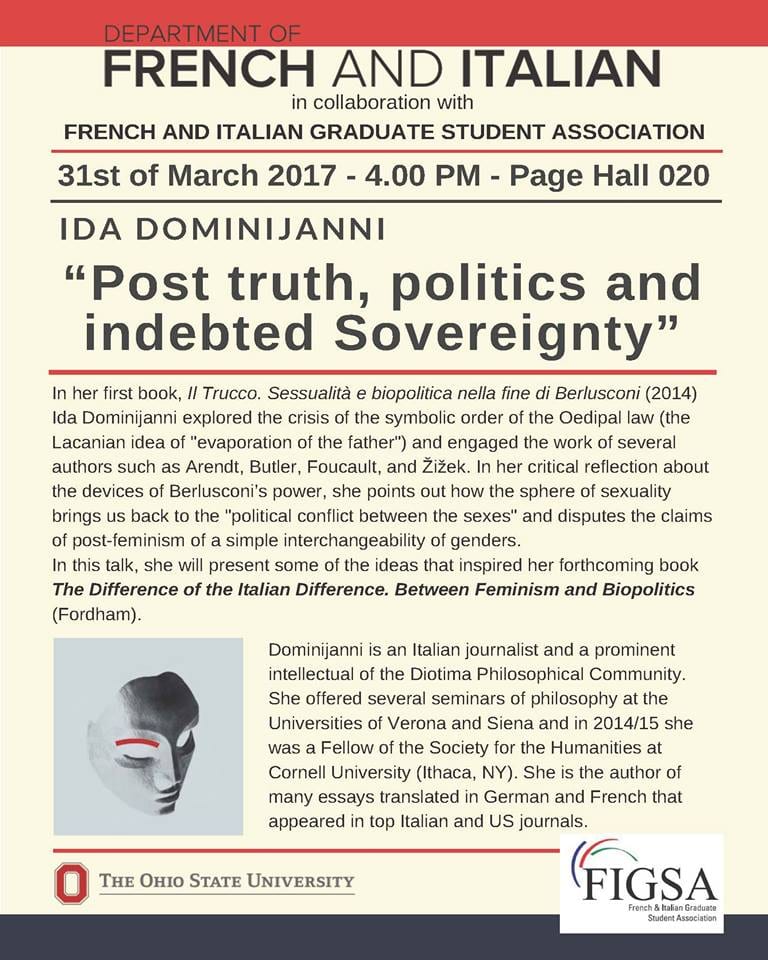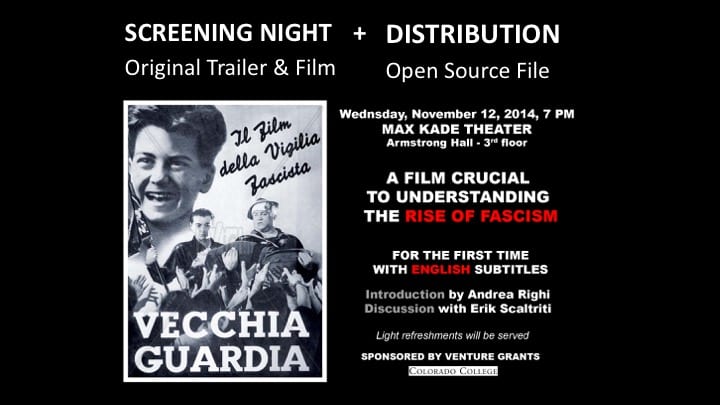Women are often marginalized in the stories of the Italian Resistance but they played a decisive role in the liberation struggle against Nazi-Fascism. Seventy years after the end of WWII, this project celebrates their contribution to the fight for freedom and democracy. They put their lives on the line to ensure a democratic future of a country morally bankrupt by twenty years of Fascism. We recovered some of their from the archives of the National Association of Italian Partisans (ANPI – Reggio Emilia section).
 With the support of SPI-CGIL, we produced the documentary Esitere o Resistere? to collect some of their testimonies. Also, we produced a sticker album, a playful way to honor these women and connect younger and older generations, remembering not just exemplary episodes but the women who weren’t just waiting for the end of the dictatorship.
With the support of SPI-CGIL, we produced the documentary Esitere o Resistere? to collect some of their testimonies. Also, we produced a sticker album, a playful way to honor these women and connect younger and older generations, remembering not just exemplary episodes but the women who weren’t just waiting for the end of the dictatorship.
Here, some of the stickers with the names of the partigiane (and sometimes their fighting pseudonyms).
This project was supported by many but a special thank you goes to Barbara Elisi (graphic design), Paola Guidetti (production coordinator), and Maria Nella Casali (SPI-CGIL Reggio Emilia).























 With the support of SPI-CGIL, we produced the documentary Esitere o Resistere? to collect some of their testimonies. Also, we produced a sticker album, a playful way to honor these women and connect younger and older generations, remembering not just exemplary episodes but the women who weren’t just waiting for the end of the dictatorship.
With the support of SPI-CGIL, we produced the documentary Esitere o Resistere? to collect some of their testimonies. Also, we produced a sticker album, a playful way to honor these women and connect younger and older generations, remembering not just exemplary episodes but the women who weren’t just waiting for the end of the dictatorship. 




























